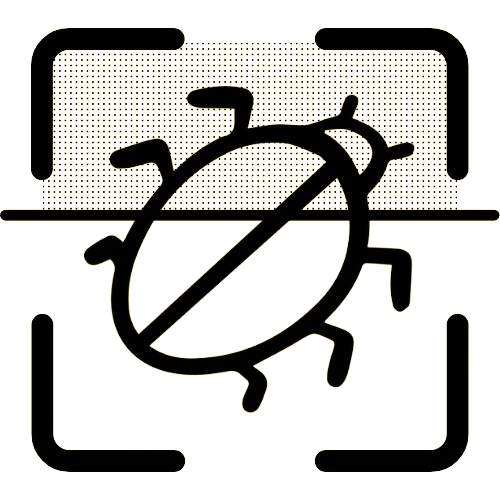Mastering Bed Bug Detection at Home: Tools, Tips, and Technology
May 23, 2025
When it comes to achieving peace of mind in your home, mastering bed bug detection is crucial. These tiny pests can cause a host of problems, from irritating bites to severe infestations if left unchecked. Fortunately, developing a keen eye for bed bug detection can save you both time and trouble. This comprehensive guide will walk you through everything you need to know about identifying bed bugs at home, utilizing cutting-edge technology, and conducting effective inspections with ease.
Introduction to Bed Bug Detection at Home
Bed bug detection is the first step in preventing these unwelcome guests from taking over your living spaces. The presence of bed bugs can disrupt sleep, affect your health, and lead to unwanted stress. With the right tools and knowledge, detecting these insects becomes manageable. Key to this process is understanding where and how bed bugs hide and using technology to your advantage. This article will illuminate the essential steps and tech-driven solutions available, including the innovative Bedbug Scanner technology.
Understanding the Signs of Bed Bugs
Before you can effectively embark on bed bug detection, it's important to recognize their subtle signs. Bed bugs are elusive, often hiding in cracks and crevices during the day. Here are some signs that could indicate a bed bug presence:
- Bite Marks: One of the first indicators of bed bugs is red, itchy welts on the skin, usually found in clusters or a line.
- Blood Stains: Small reddish stains on your sheets might be from crushed bed bugs.
- Dark Spots: These are the excrement of bed bugs, typically found around the edges of your mattress or on your bed frame.
- Shed Skins: As bed bugs grow, they shed their exoskeletons, which can often be found in their hiding spots.
Early detection can prevent infestations, making it essential to catch bed bugs before they spread.
DIY Home Inspection Essentials
Conducting a thorough home inspection requires diligence and the right tools. Here's how you can start:
- Gather Equipment: Flashlight and a magnifying glass are crucial to spot small insects and their droppings.
- Inspect Common Areas: Focus on inspecting beds, furniture, and fabrics where bed bugs are most likely to hide.
- Check Uncommon Spaces: Don't forget to examine less-obvious areas like electrical outlets, curtains, and even behind wallpaper.
- Document and Analyze: Take notes and, if possible, photos of what you find for further analysis.
Understanding these fundamentals lays the groundwork for effective home bed bug detection.
Leveraging Technology for Accurate Detection
As technology advances, so do the methods for detecting bed bugs. Leveraging specialized tools can greatly increase the accuracy of a bed bug inspection. The Bedbug Scanner, an AI-enabled tool, scans images to identify potential infestations quickly and efficiently. Its convenience and ease of use make it an invaluable asset for homeowners wanting to ensure a bed bug-free environment. This early detection strategy allows you to tackle problems before they grow.
Why Use Bedbug-Scanner.com?
When it comes to detecting bed bugs, Bedbug-Scanner.com is a premier choice for many reasons:
- Efficiency: Use your smartphone camera to capture images and upload them for fast analysis.
- Accuracy: The AI-driven scanner ensures precise identification, reducing human error.
- Convenience: Avoid the hassle of hiring costly pest inspectors by using this tool for instant results.
- Support: Access our wealth of resources and expert advice via our detailed blog on identifying bedbug infestations.
Best Practices for Home Inspections
To make your home inspection effective, consider adopting these best practices:
- Regular Checks: Schedule routine inspections to detect potential issues early. Consistent vigilance is key to preventing infestations.
- Thorough Cleaning: Regular cleaning, especially of bedding and upholstery, can deter bed bugs and make them easier to spot.
- Integrated Pest Management (IPM): Use a combination of inspection, prevention, and control strategies.
- Professional Consultation: If infestations are suspected or confirmed, consulting a professional might be necessary.
By embedding these practices into your routine, you can maintain a vigilant stance against possible infestations.
Conclusion and Next Steps
Mastering bed bug detection at home is a multifaceted effort combining awareness, practical inspection skills, and advanced technology. As outlined in this guide, early detection and prevention are paramount. By utilizing the resources provided by Bedbug-Scanner.com, not only do you take control of your home’s safety, but you also tap into expert advice and cutting-edge detection methods.
Ready to take control of bed bug detection in your home? Visit Bedbug-Scanner.com today and explore how our innovative scanner can ensure a pest-free environment for you and your family.
